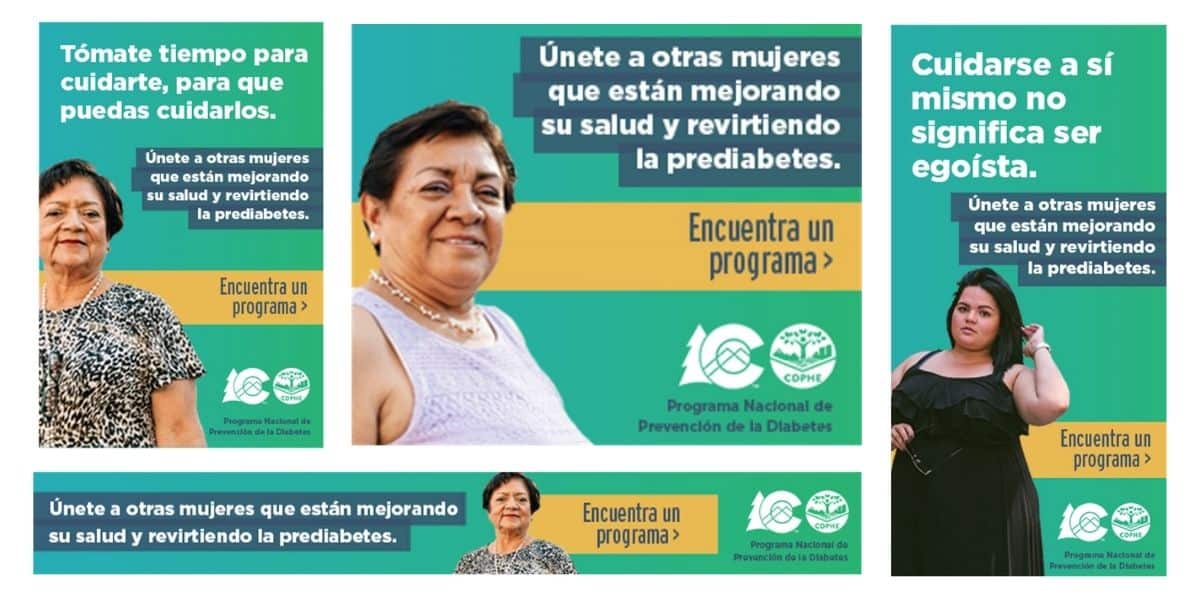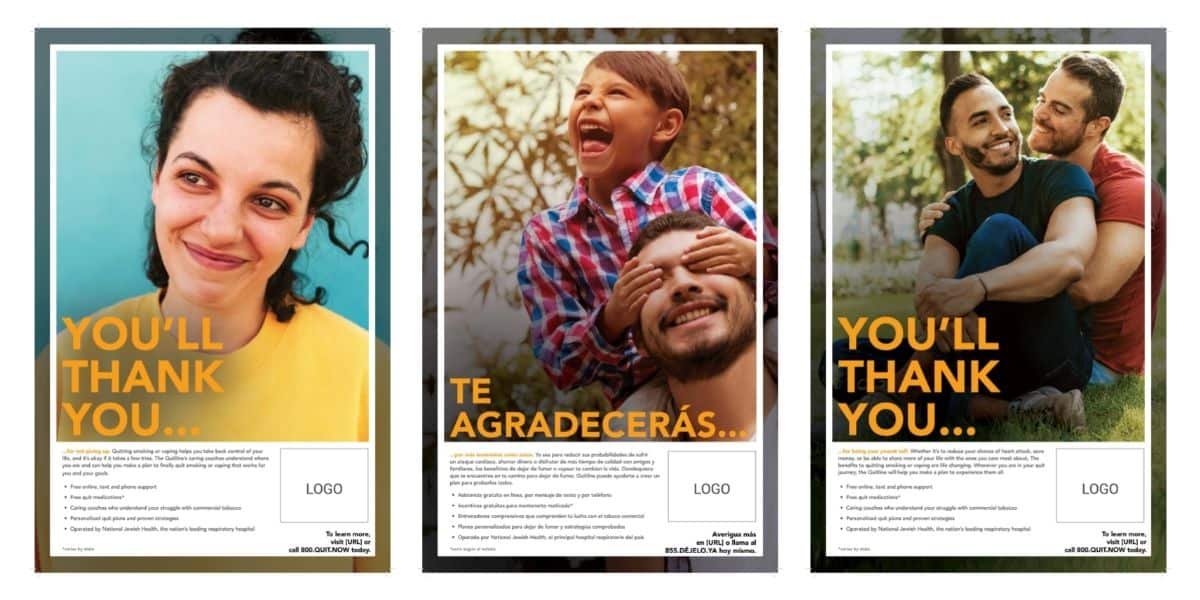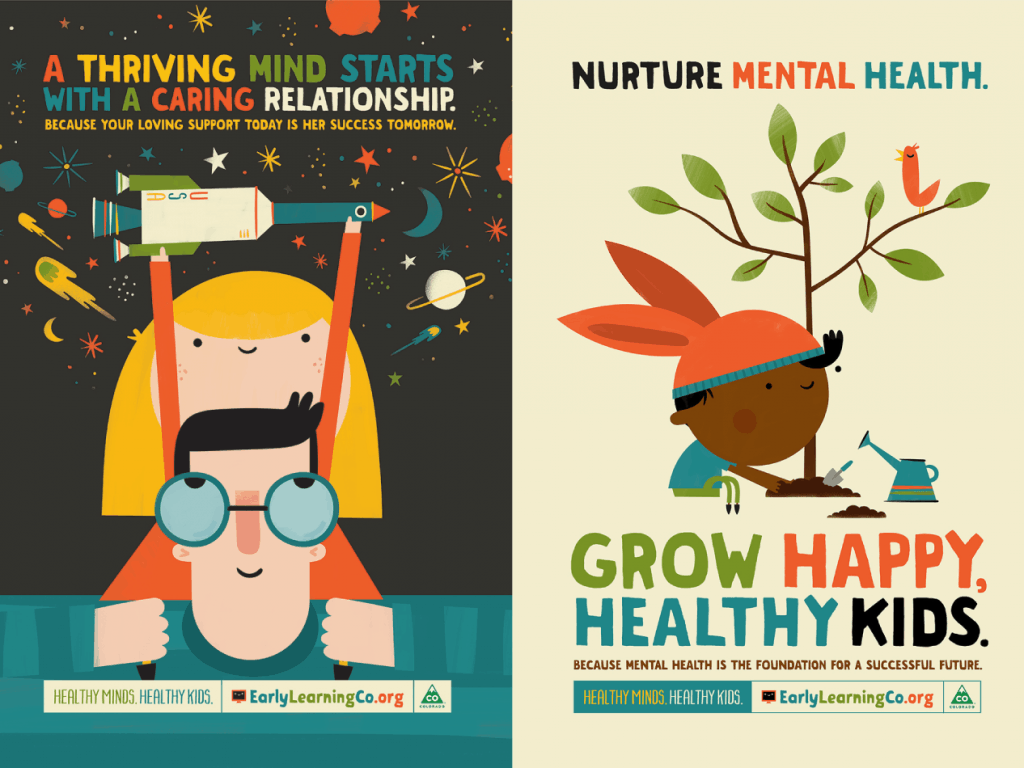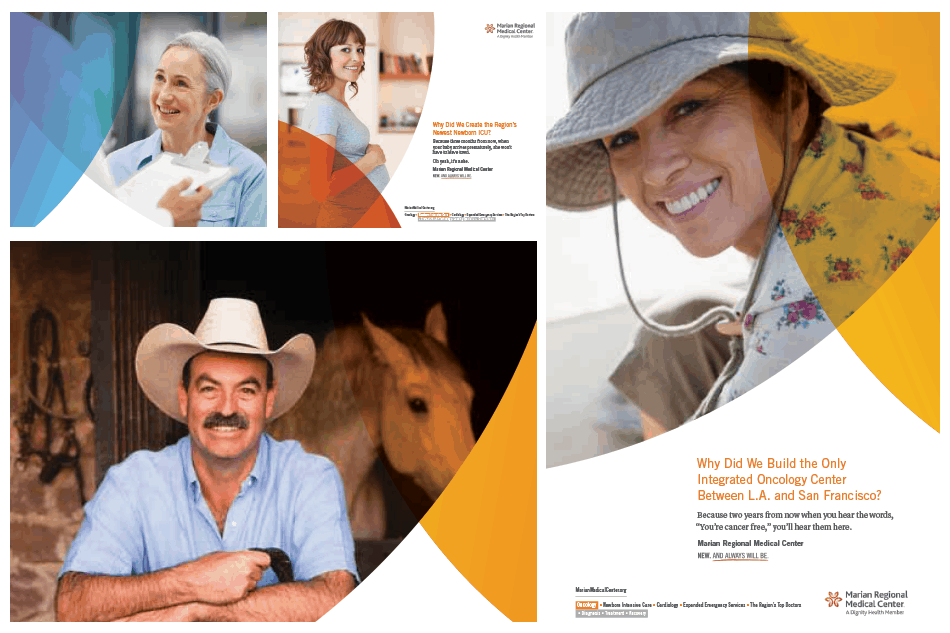We recently hosted a happy hour with our friends from the Communications Network, using it as an opportunity to explore the emerging issue of ungendered and nonbinary communications.
A group of about 30 nonprofit and foundation communicators gathered at Denver’s Art Hotel to discuss various aspects and impacts of the issue—from public policy and internal communications to data collection and outreach.
The gender-identity issue is more than just a trend.
It represents a societal shift, one that is particularly being shaped by Millennials and Gen Z. While the impact is already beginning to be felt in retail and education, it will increasingly impact other sectors like education, health care and housing.
Think of it this way: If you ever target communications, outreach, products or services at men, women or young people, this issue is likely to impact your work.
When Facebook provides more than 50 gender identities from which to choose and the makers of Barbie introduce a new line of gender-neutral dolls, you know there’s something significant happening.
There are a variety of factors driving the change.
Gen Z (born after 1996)—a diverse, urban-dwelling, college attending and technologically native generation—are, like their Millennial counterparts, driven by equity and social justice. They do not simply look at their world as a given, but are comfortable and adept at curating their identities and realities.
A recent report from Pew Research Center found that Gen Zers are “moving toward adulthood with liberal attitudes and an openness to emerging trends such as gay marriage and gender identity.” According to the report:
- 35% of Gen Zers (compared to 25% of Millennials) say they know someone who prefers others refer to them with gender-neutral pronouns (they/them/theirs)
- 60% of Gen Zers (compared to 50% of Millennials and 40% or fewer in other cohorts) say forms or online profiles that ask about gender should include options other than male or female
Gen Zers also have positive role models who are bringing fluid gender identities into the public discourse.
Recently, Grammy-winning recording artist Sam Smith announced a desire to be identified by the plural they/them—indicating an identity that is neither male nor female. Smith described the years leading up to and including the announcement like this:
“I was slowly yet surely coming to terms with my own gender identity, which I realized was somewhere outside of what’s considered normal by today’s cultural assumptions. After a lifetime of being at war with my gender I’ve decided to embrace myself for who I am, inside and out.”
Unfortunately, Smith received substantial backlash to the announcement.
To say the issue is quickly evolving would be an understatement.
The media started reporting on this emerging issue several years ago, largely in terms of how Millennials see it. In 2017, Forbes referenced a poll that found that “50 percent of millennials believe gender is actually a spectrum, and that ‘some people fall outside of conventional categories.’”
That same year, the Associated Press updated its AP Stylebook to include a variety of terms and rules of use related to gender fluidity.
Just two weeks ago, Merriam-Webster introduced the term “they” as a pronoun to refer to individuals who self-identify as neither male nor female.
When the ways in which people self-identify change, you can be sure marketing strategies will follow.
Not surprisingly, retail brands—in particular, fashion and makeup—are leading the trend.
Sephora’s TV ads announce an online community for discussing gender-identity issues. Companies like Lululemon are introducing gender-neutral clothing and body-care products. In some retail environments, there are no departments for men and women. And a host of new brands like Rebrand and Agender are emerging that are gender-neutral from the start.
Those of us who work in communications and public issues are trying keep up—and need to.
To adapt to the quickly evolving issue, we need to be listening to how people feel and what they want—then align our communications strategies with those very closely held values.
In the beginning, we can expect to get it wrong.
We did.
Example 1: In putting together a tip-sheet for our recent event, we included a synthesis of AP Stylebook rules for use of gender-neutral terms, saying that the pronoun they/them/theirs is appropriate for referring to individuals “who are neither male nor female.”
In fact, the guide says they/them/theirs is appropriate to refer to someone “who self-identifies as neither male nor female” – a nuanced but nevertheless important distinction. (An updated version of our Beyond Binary guide can be downloaded here.)
Example 2: In our recent discussion, we mentioned that gender-neutral pronouns use the singular (not plural) verb. Wrong again.
According to Merriam-Webster’s newly announce definition, “Nonbinary they takes a plural verb, despite its singular referent…”
If at first you don’t succeed…
While we got it wrong, it won’t dissuade us from continuing to be challengers—pushing our industry and the work we produce to be even more inclusive for nonbinary and gender-fluid people.
What’s driving us? Those who self-identify as nonbinary or gender-fluid are counting on us all to keep trying until we get it right. And they’re giving us a little grace until we get there.
Hayden DePorter, a graduate teaching assistant at the University of Denver’s Sturm College of Law who participated in our recent event and identifies as nonbinary, summed it up like this:
“The goal for now should be humility, not competence. Everyone is going to get it wrong at first, and that’s okay.”
And singer Smith recently posted this on their social channels:
“I understand there will be many mistakes and mis gendering but all I ask is you please please try.”
It’s hard to argue with that.
Watch our event speakers Hayden DePorter, One Colorado Youth Program Coordinator Jordan Anthony, and SE2’s own Brandon Zelasko as they share key insights and takeaways from the event. And, please download our Beyond Binary communications guide.

About the Author:
Susan Morrisey (she/her), CEO and a Principal of SE2, drives transformative work on issues that shape lives and communities. With roots in government and nonprofits, she brings a passion for simplifying complexity and amplifying meaningful messages.
For over two decades, Susan has championed efforts like reducing tobacco addiction, blending rigorous research with bold strategies. Her leadership keeps SE2 focused on purpose-driven challenges, inspiring innovative solutions that create lasting impact.





